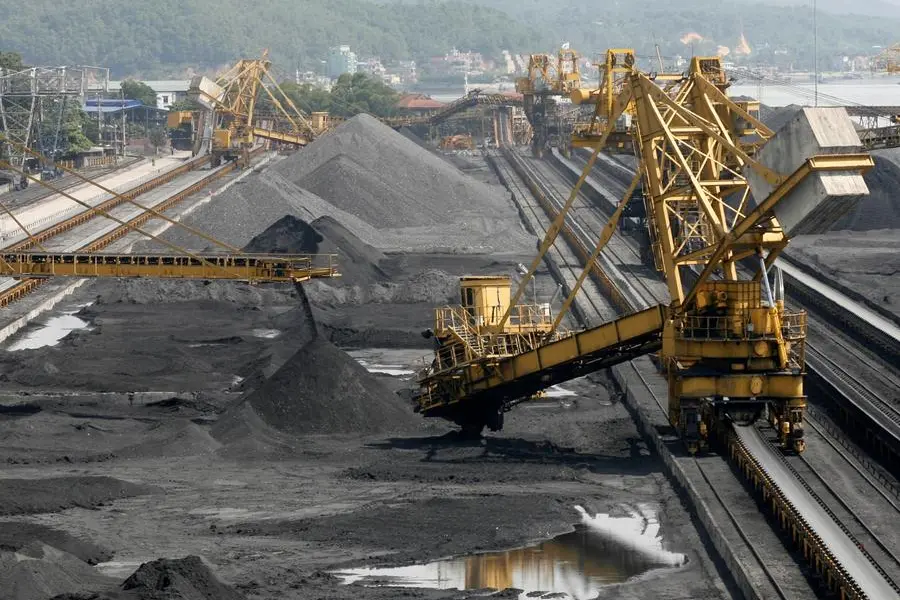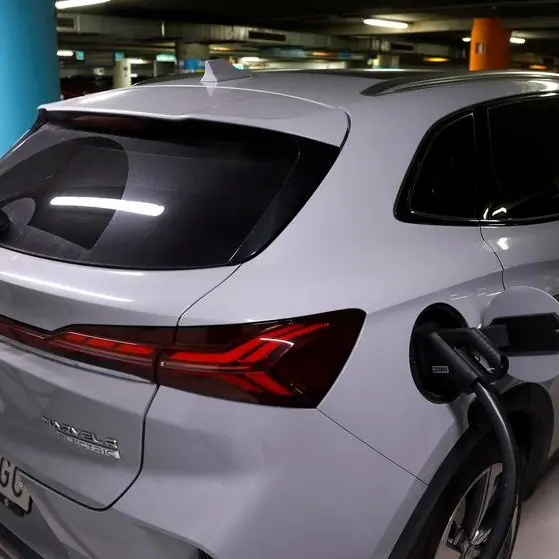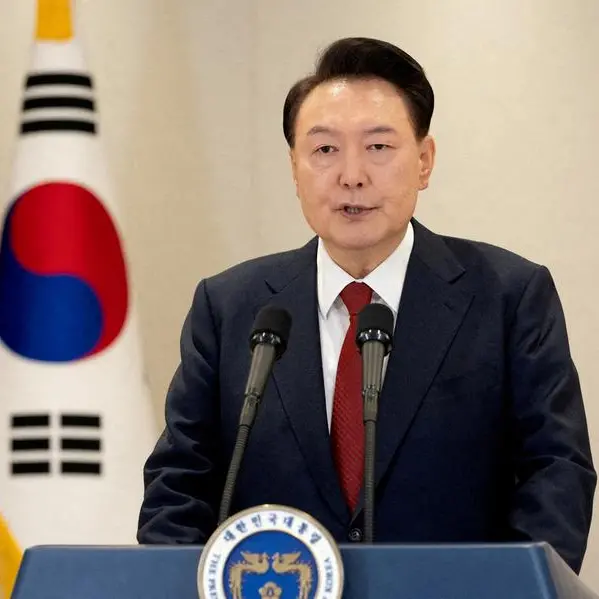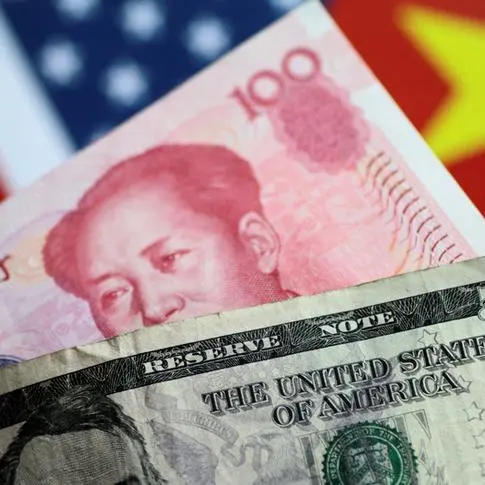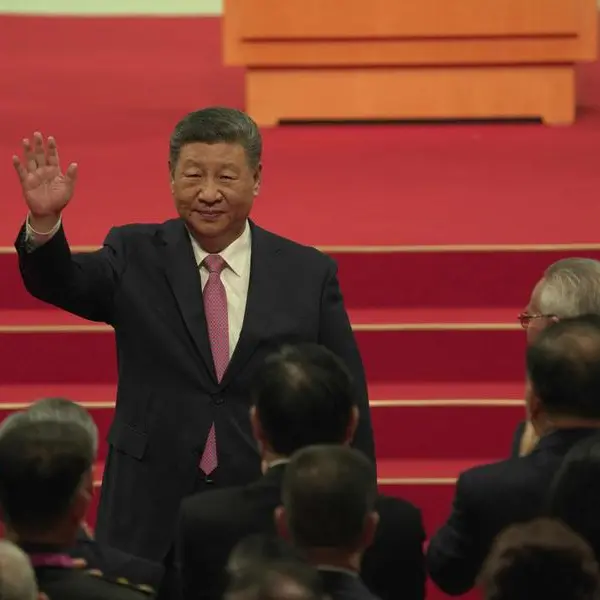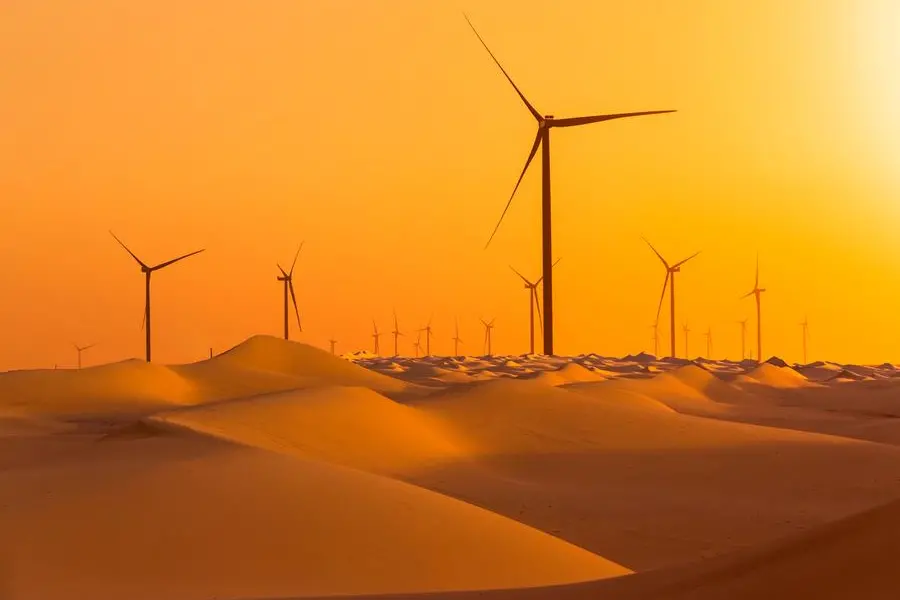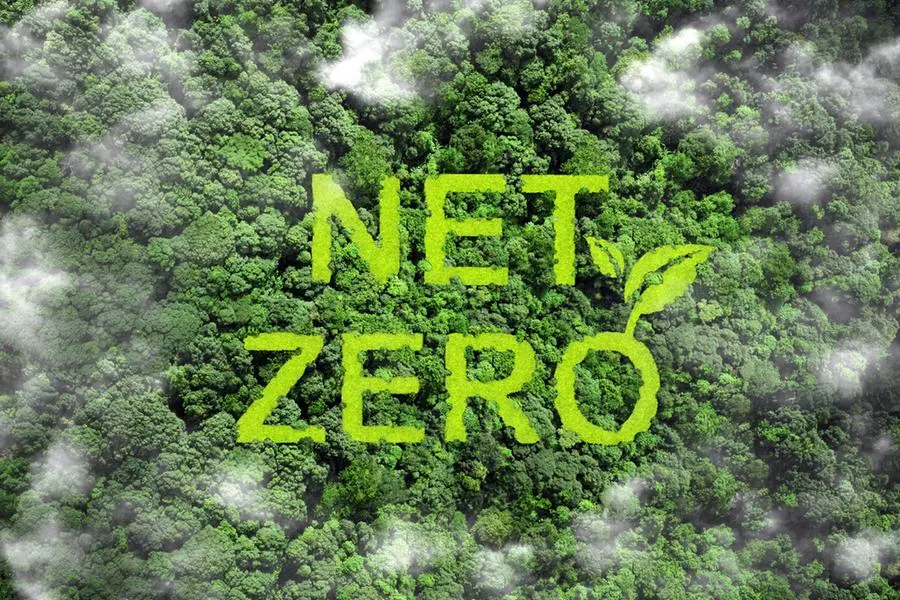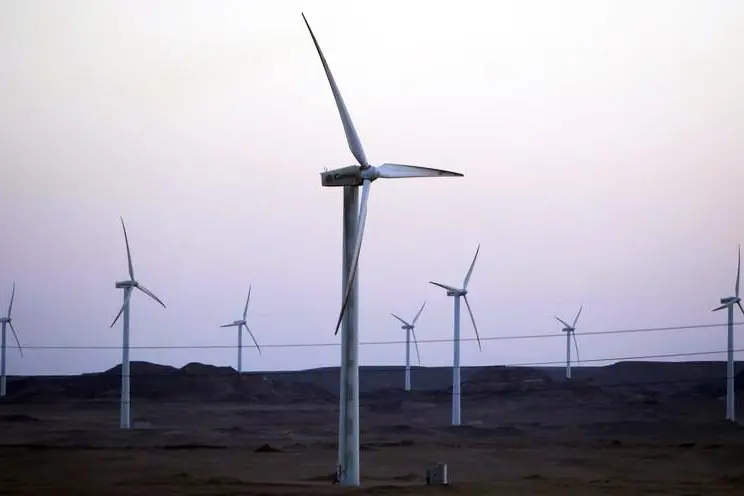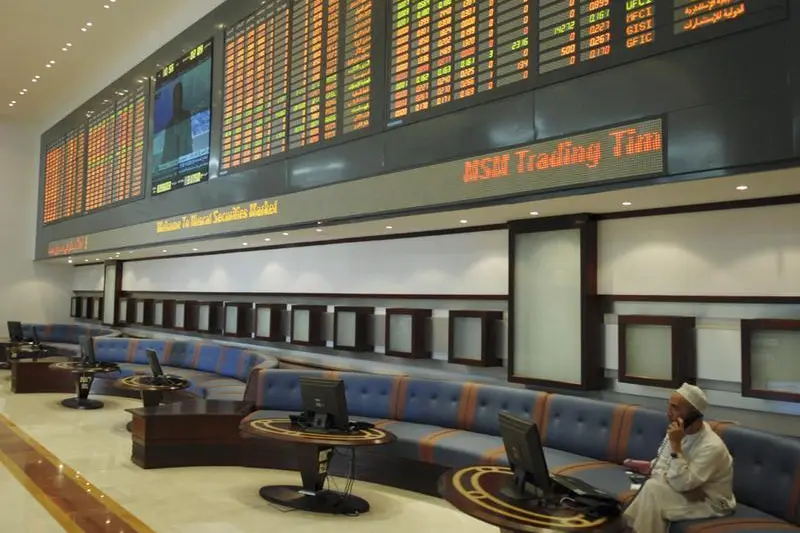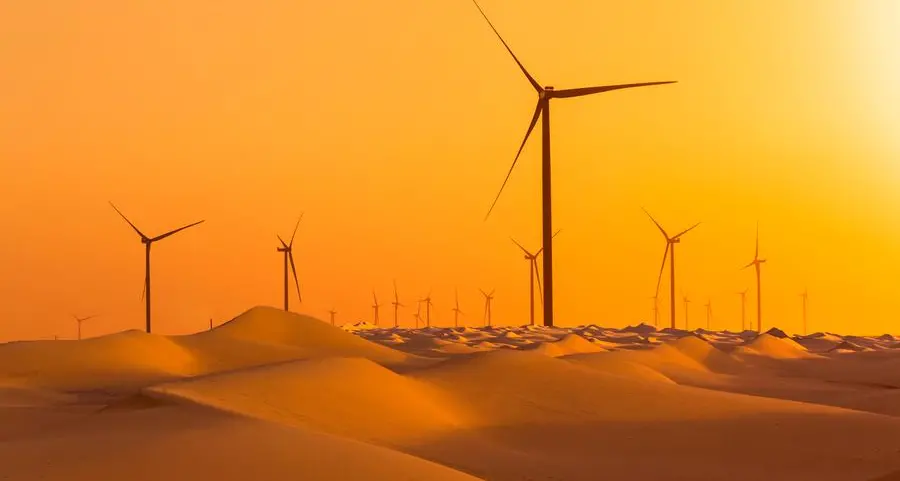PHOTO
Vietnam has increased its coal power target for 2030 under a revised draft energy plan, government documents seen by Reuters show, while renewables goals were scaled back, in a potential blow to rich nations' funding initiatives for cleaner energy. The updated draft, dated Nov. 11, was circulated by Vietnam's industry ministry as climate negotiators from the Group of Seven nations failed to clinch a financing deal with Vietnam on a "Just Energy Transition Partnership" at the global climate COP27 summit, which ended in Egypt on Sunday.
The industry ministry did not reply to a request for comment.
The latest plan backtracks on a draft released just last month that would have slowed the growth in coal use by the end of this decade. A meaningful drop in coal capacity would come only in 2045.
Vietnam, one of the world's top 20 coal users, has seen protracted wrangling among competing government interests over its power development plans for this decade, and there may be further changes in the weeks and months ahead, Vietnam-based investors said.
This has complicated the task of climate negotiators, led by European Union diplomats, who are holding out hope of securing an agreement with Vietnam at a summit in Brussels next month.
Under the government's latest baseline scenario, coal would remain Vietnam's most important source of energy until 2030 with more than 36 gigawatts (GW) of installed capacity and up to 11 new coal-fired power plants to be built in coming years, up from about 21 GW in 2020 and 30 GW in 2025.
Coal's share of power production capacity would fall, however, to less than 28% by the end of the decade from 34% in 2020.
In its October draft, the government aimed to limit coal capacity to about 30 GW by the end of the decade, according to documents seen by Reuters.
Coal use has been rising globally since Russia's invasion of Ukraine in late February sent prices of other fossil fuels surging.
Renewable energy production, which has recently expanded rapidly, was seen rising to only 21 GW by 2030 in the latest plan, compared with 26 to 39 GW foreseen in the October draft, although an exponential increase is projected by mid-century with installed capacity of more than 200 GW of wind, solar and hydrogen plants. The figures exclude hydropower, which is traditionally a major power source in Vietnam.
"Solar and wind energy has developed too fast in Vietnam, and this has caused problems because of the country's limited power grid," the document said.
By 2050, coal would no longer be part of Vietnam's energy mix, whereas gas and liquefied natural gas would increase from negligible amounts currently to about 44 GW.
CLIMATE OFFER
Vietnam's carbon emissions are expected to increase exponentially as the country of 100 million grows quickly, unless it rapidly shifts towards renewables and other less polluting sources of energy. EU officials and other Western negotiators had hoped Vietnam would become the second country to agree on a funding plan to speed up its reduction of coal use, after a similar deal was reached last year with South Africa.
The EU, which is leading talks on behalf of G7 nations together with Britain, had considered a deal possible at the COP27 summit, internal documents seen by Reuters showed.
But a series of upgraded offers worth billions of dollars, mostly in loans, failed to convince Vietnamese negotiators who, diplomatic and industry sources said, wanted more grants and more control over the way the funds would be disbursed.
The country has not budged, while Indonesia stepped forward to announce a deal with rich nations on funding for a transition away from coal at last week's G20 summit in Bali.
Several EU officials have set a new target for a deal with Vietnam at a summit with the Association of Southeast Asian Nations in mid-December in Brussels.
Many Vietnam-based investors and diplomats doubt a deal can be reached, however, unless it is substantially sweetened, while the disagreements within the Vietnam government over power development will remain a formidable obstacle.
(Reporting by Francesco Guarascio; Editing by Edmund Klamann)
